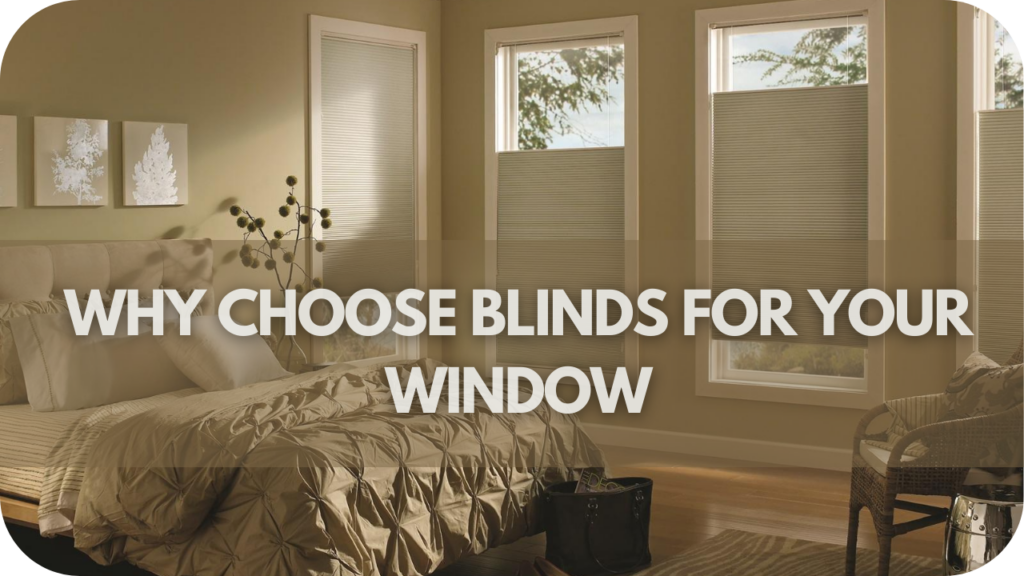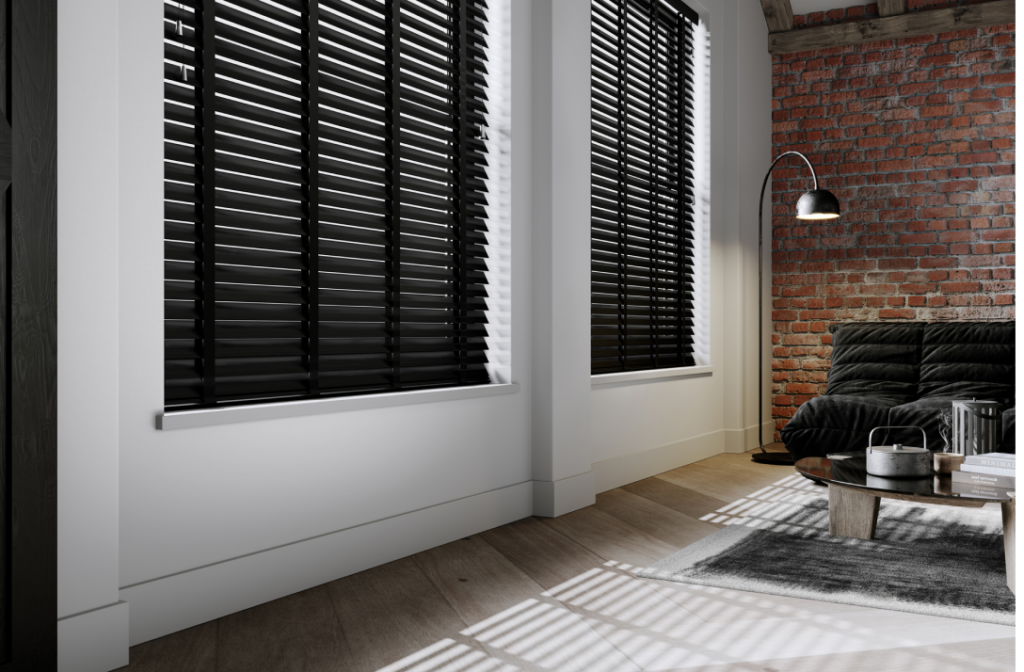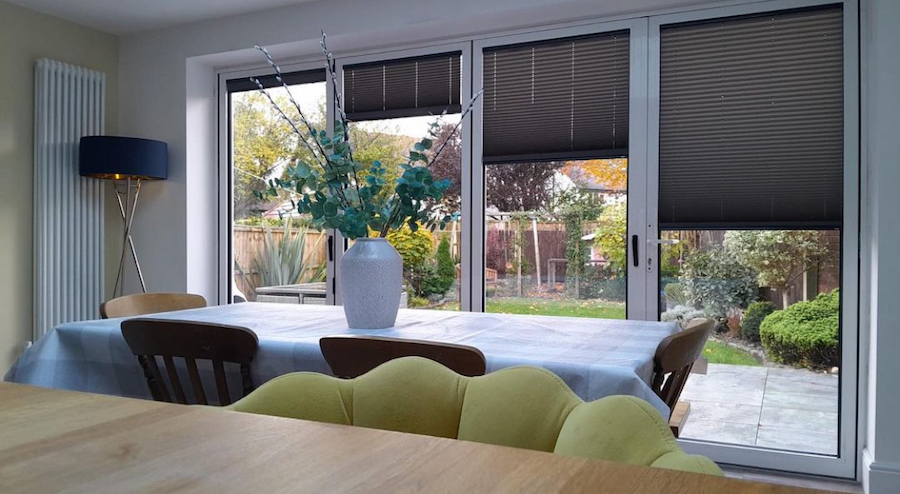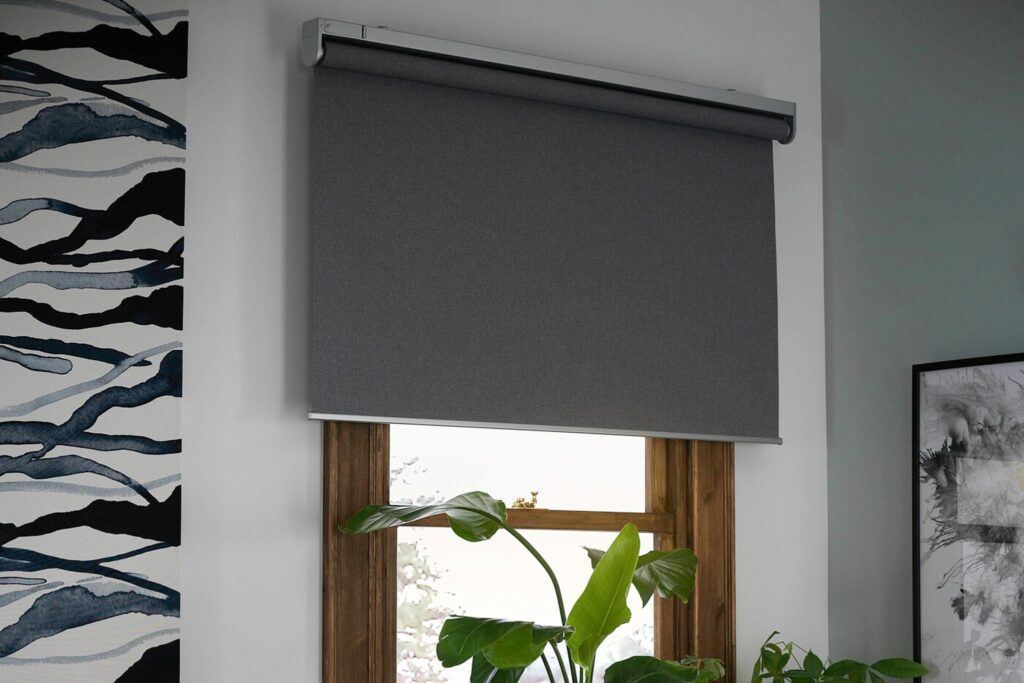
Blinds for Windows: A Complete Guide to Choosing the Right Option for Your Home
When it comes to enhancing your home’s aesthetics and functionality, selecting the right blinds for windows plays a crucial role. Blinds not only offer privacy and light control but also contribute to the overall energy efficiency of your home. With so many types of blinds available, it can be overwhelming to make the right choice. This guide will help you understand the different types of blinds for windows and which one is best suited for your space.
Why Choose Blinds for Windows?
Blinds are an excellent option for controlling sunlight, ensuring privacy, and adding a stylish touch to any room. There are several reasons why homeowners prefer blinds for windows:
- Light Control: Blinds allow you to adjust the amount of natural light entering a room, helping to create the perfect ambiance.
- Privacy: Blinds can easily be adjusted to block views from outside, offering privacy while still allowing light to filter through.
- Energy Efficiency: Many modern blinds are designed to help insulate your home, keeping it cooler in summer and warmer in winter, ultimately lowering energy bills.
- Versatility: Blinds come in a variety of styles, materials, and colors, making them suitable for any interior design theme.

Types of Blinds for Windows
There are numerous types of blinds for windows, each with its unique advantages and aesthetic appeal. Choosing the right type depends on the window size, your design preferences, and the level of light control you need.
1. Vertical Blinds
Vertical blinds are an excellent choice for larger windows or sliding glass doors. The vertical slats offer effective light control and are available in materials like vinyl, fabric, or wood. They are ideal for spaces that require frequent opening and closing, like patio doors.
2. Venetian Blinds
Venetian blinds are one of the most popular choices for standard windows. The horizontal slats can be tilted to control light or completely pulled up for an unobstructed view. These blinds are available in materials like aluminum, wood, and faux wood.

3. Roman Blinds
Roman blinds are a stylish and classic option for windows. Made of fabric, these blinds fold neatly into pleats when raised and create a smooth, flat appearance when lowered. They are perfect for adding a touch of elegance to living rooms and bedrooms.
4. Roller Blinds
Roller blinds offer a simple and sleek look. They roll up neatly into a cassette when not in use, making them a popular option for modern homes. They come in various materials, including blackout fabrics, making them an ideal choice for bedrooms.
5. Wooden Blinds
Wooden blinds bring warmth and natural beauty to any room. Available in various stains and finishes, they are perfect for adding a luxurious feel to living rooms, dining rooms, or home offices. However, wooden blinds may not be the best choice for high-humidity areas like kitchens or bathrooms.
6. Faux Wood Blinds
If you love the look of wood but need something more durable and moisture-resistant, faux wood blinds are an excellent alternative. They offer the same aesthetic appeal as real wood but are better suited for kitchens, bathrooms, or areas with high humidity.

Comparing Window Materials
Choosing the right material for your blinds can significantly impact their durability, appearance, and functionality. Here’s a comparison table of common window blind materials:
| Material | Pros | Cons |
|---|---|---|
| Wood | Elegant, natural look, great insulation | High maintenance, prone to warping in moisture |
| Faux Wood | Moisture-resistant, durable, budget-friendly | Heavier than real wood, fewer color options |
| Vinyl | Affordable, easy to clean, moisture-resistant | Less luxurious appearance, limited design options |
| Aluminum | Lightweight, durable, modern appearance | Prone to denting, can be noisy when moved |
| Fabric | Soft, stylish, excellent for light filtering | Prone to dust and staining, requires regular cleaning |

Blinds for Different Window Types
Different window types may require specific types of blinds. Here are some tips on selecting blinds for windows based on the type of window:
- Blinds for Sliding Windows: Vertical blinds or panel track blinds are perfect for sliding windows because they move in the same direction as the window and provide excellent coverage.
- Blinds for Bay Windows: Custom blinds, such as Roman blinds or cellular shades, work best for bay windows, as they can be tailored to fit the angles and sizes of these unique window types.
- Blinds for Large Windows: For large windows, vertical blinds, roller blinds, or motorized blinds are the most practical options due to their ease of operation and ability to cover expansive areas.
- Blinds for Kitchen Windows: Faux wood or vinyl blinds are ideal for kitchen windows because they are easy to clean and resistant to moisture.

Conclusion
Choosing the right blinds for windows can elevate your home’s design, provide much-needed privacy, and improve energy efficiency. Whether you prefer the classic look of Venetian blinds, the elegance of Roman blinds, or the durability of faux wood blinds, there’s an option for every room and style. By understanding the different types of blinds and their materials, you can make an informed decision that will enhance both the beauty and functionality of your home.
